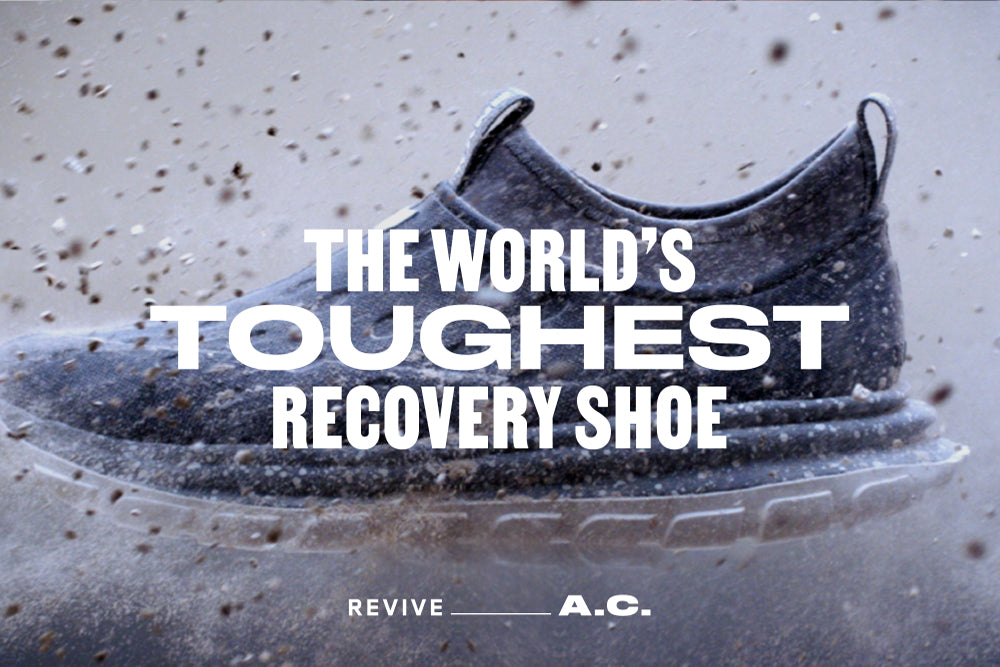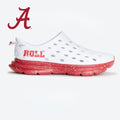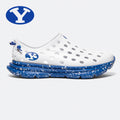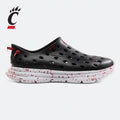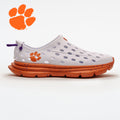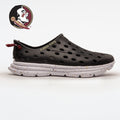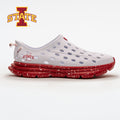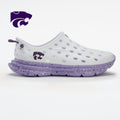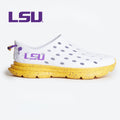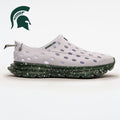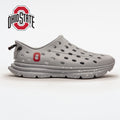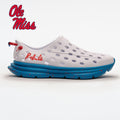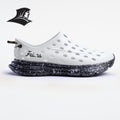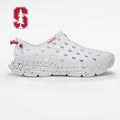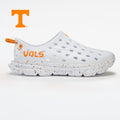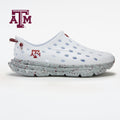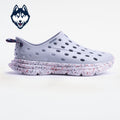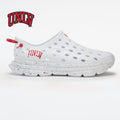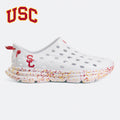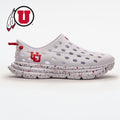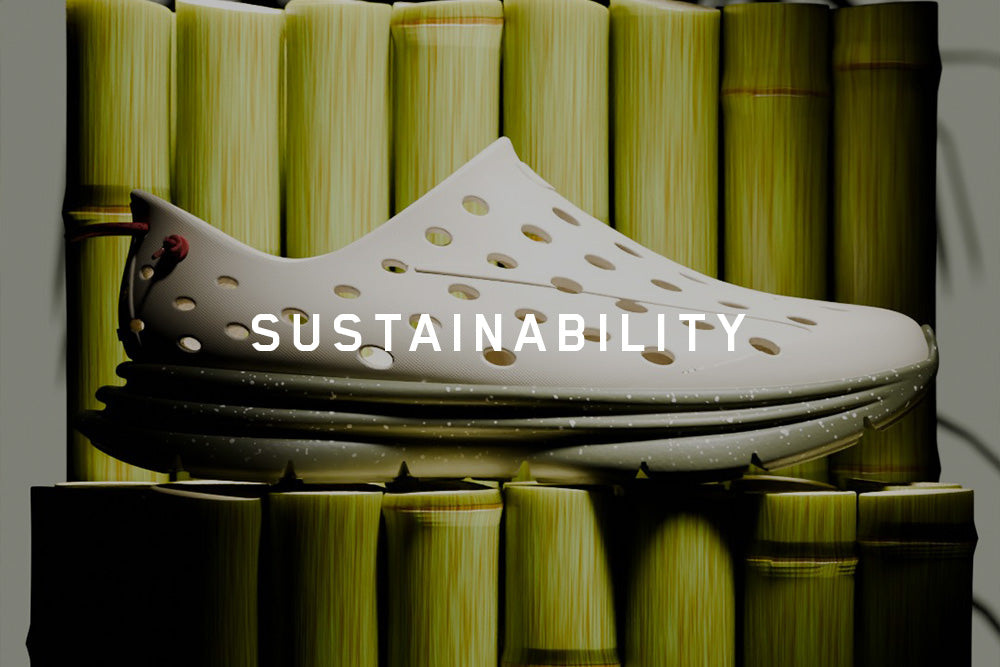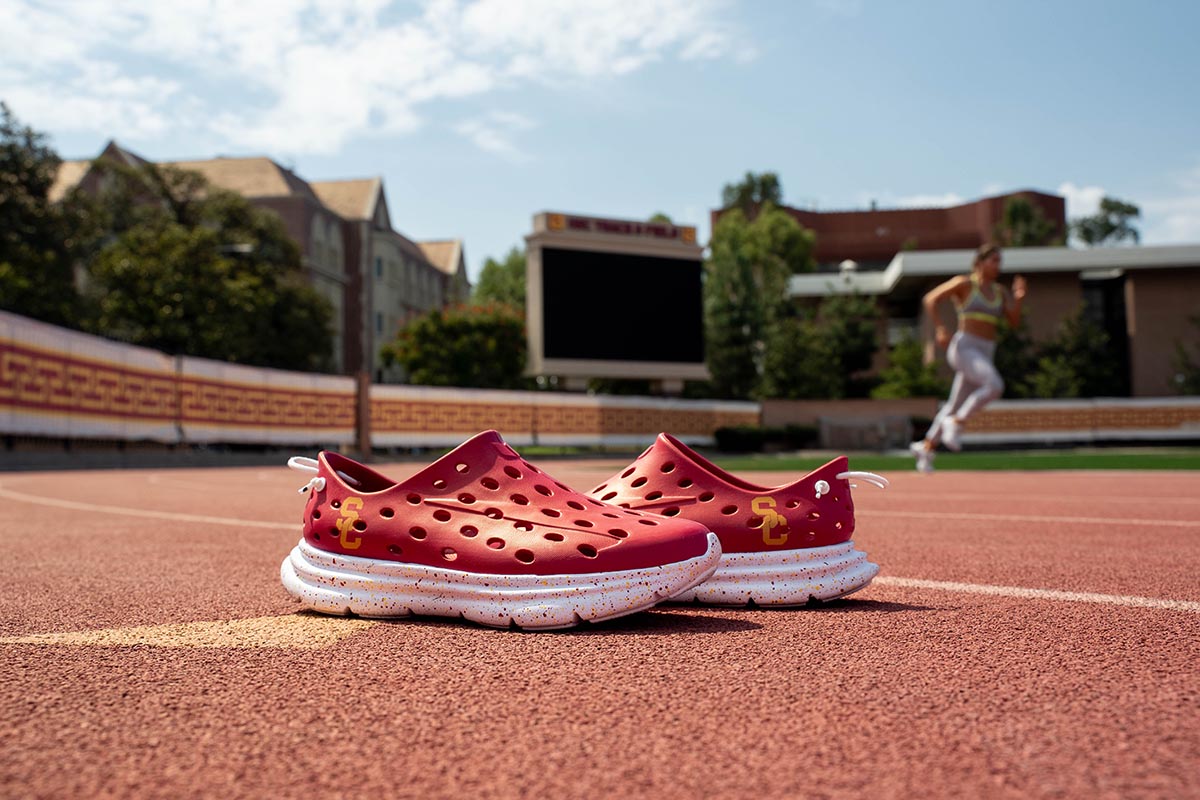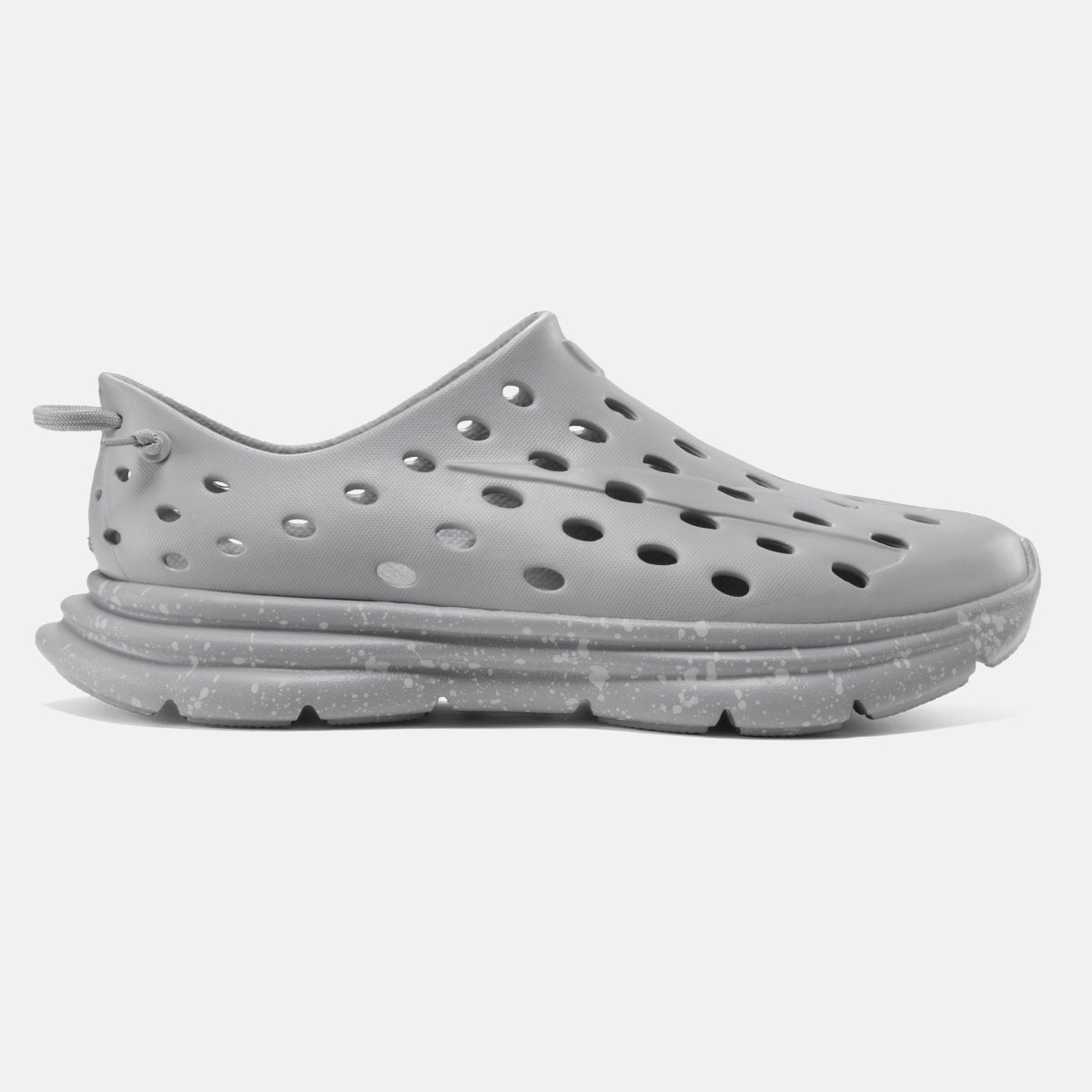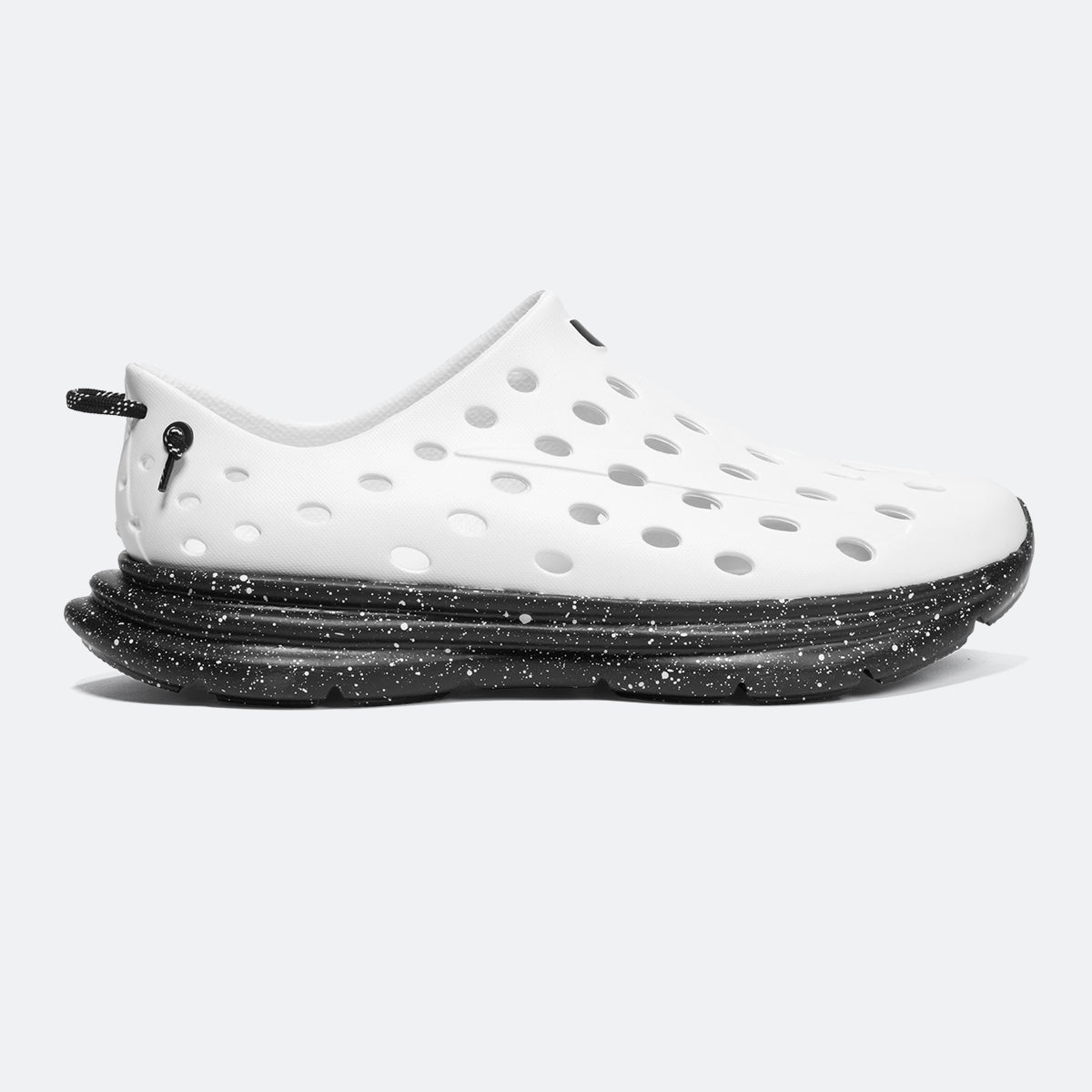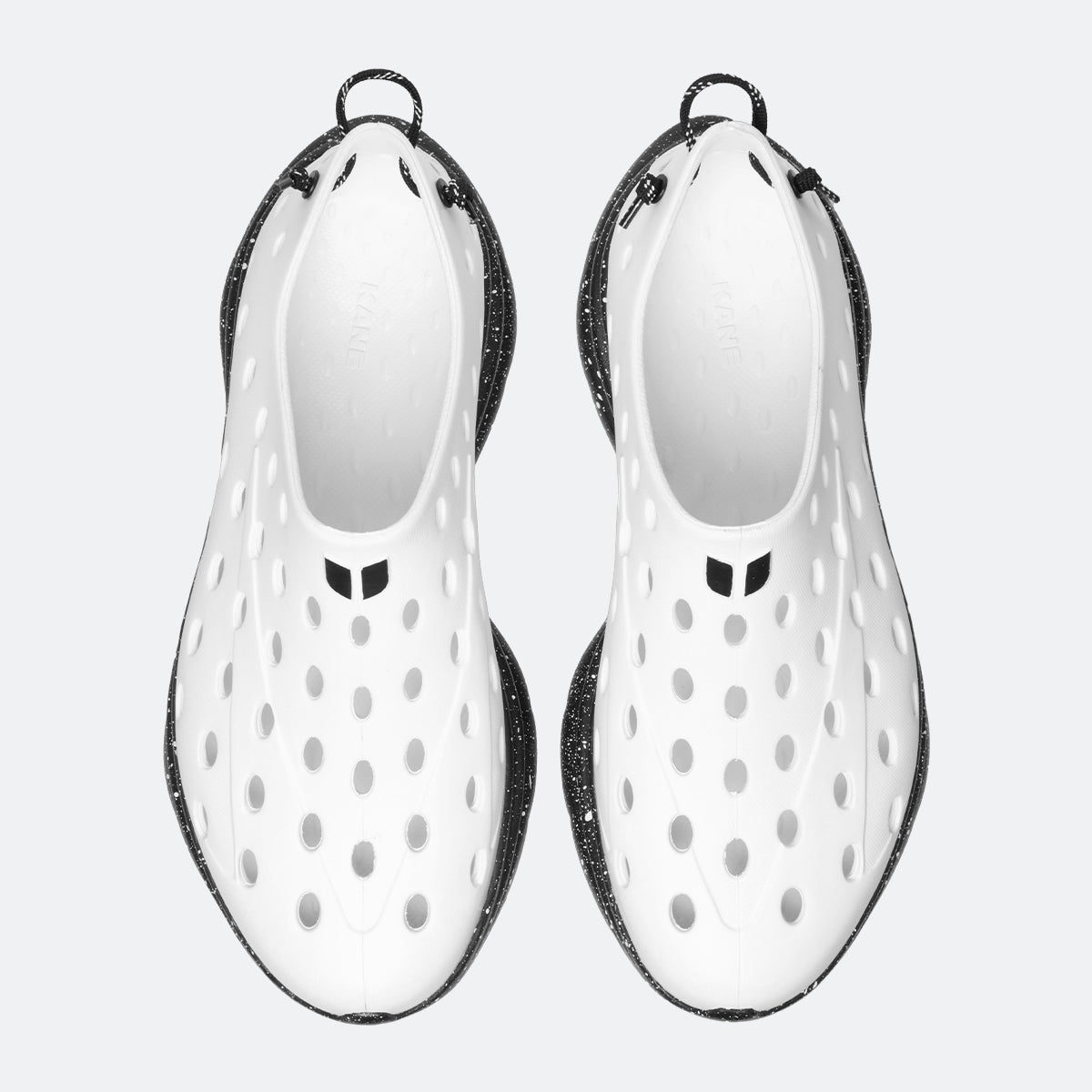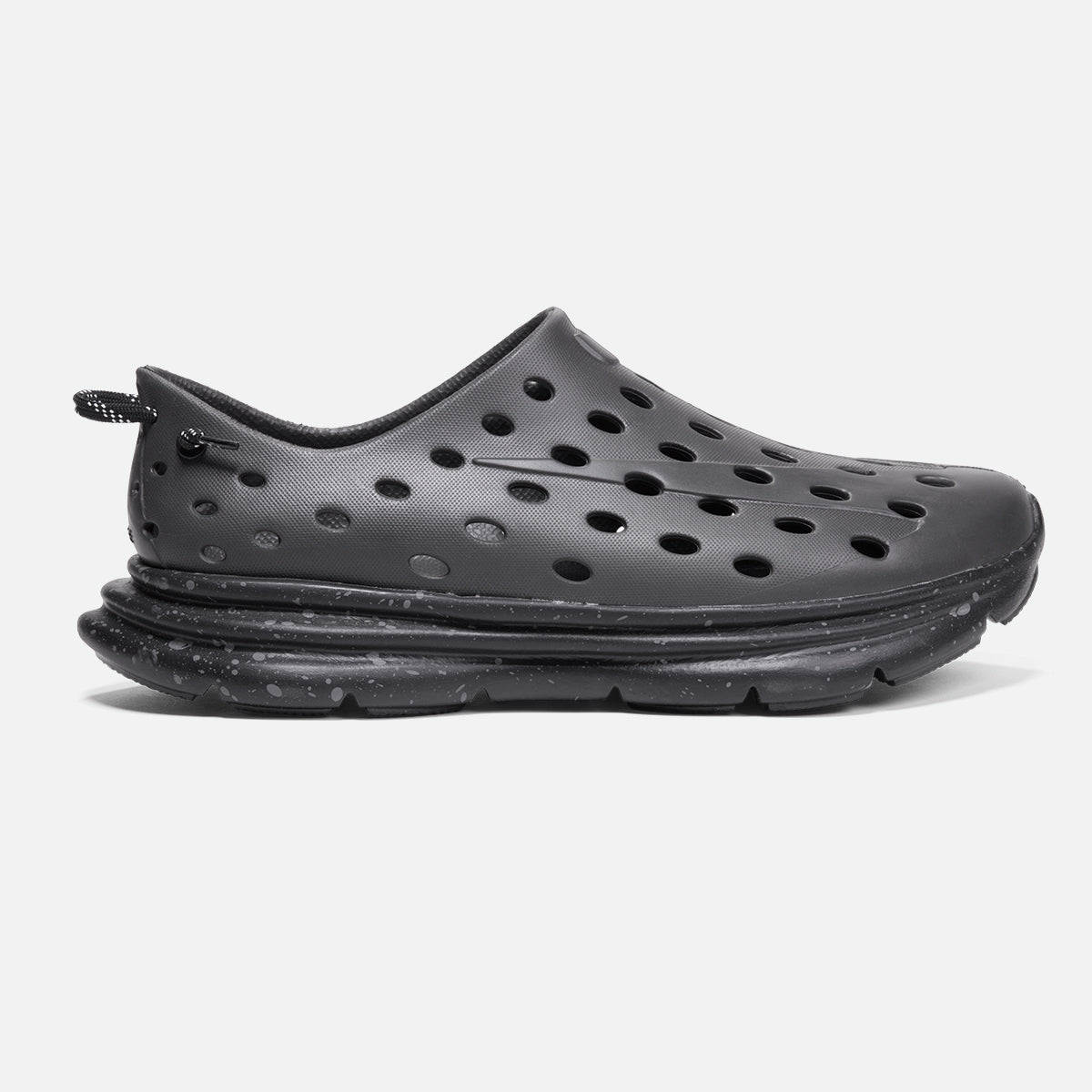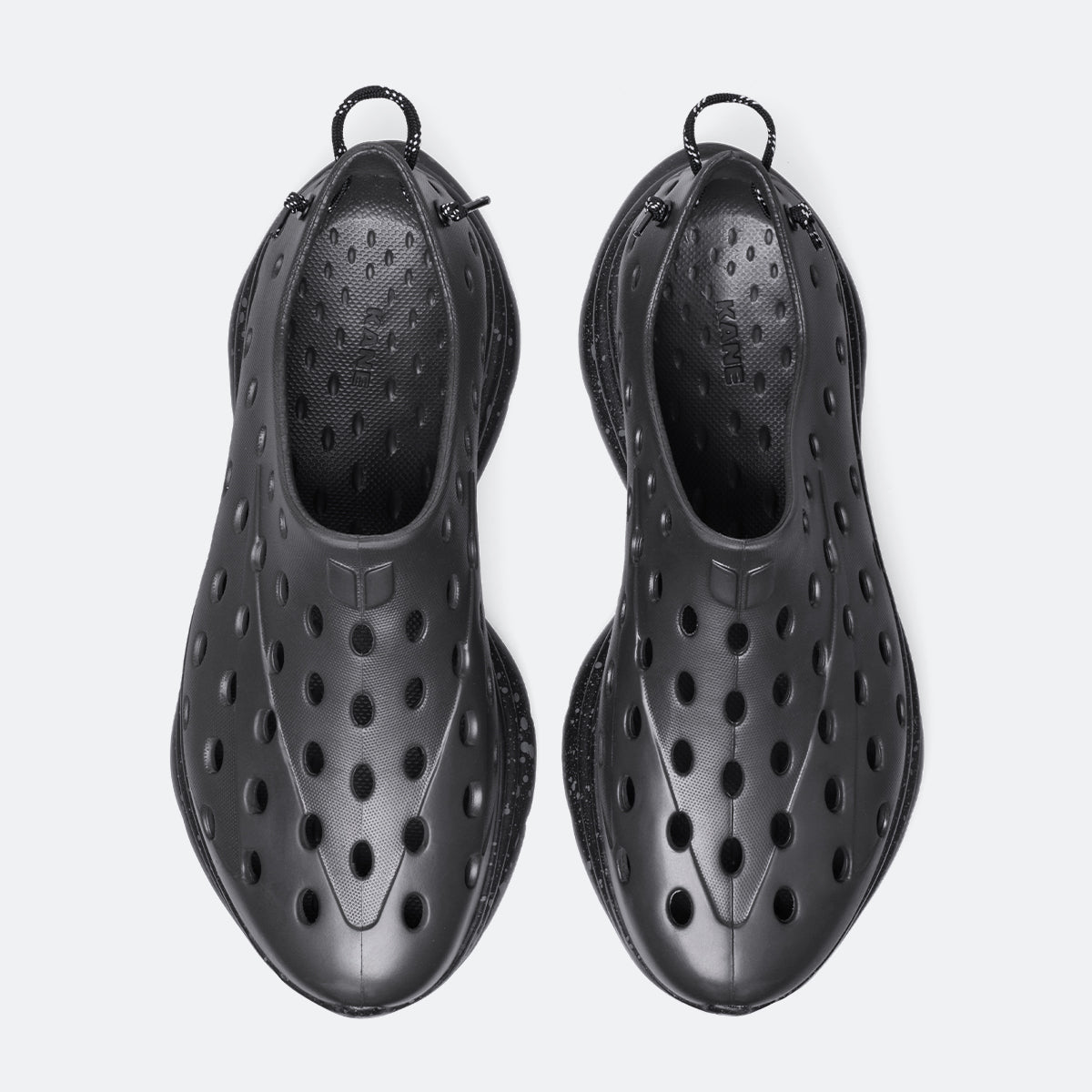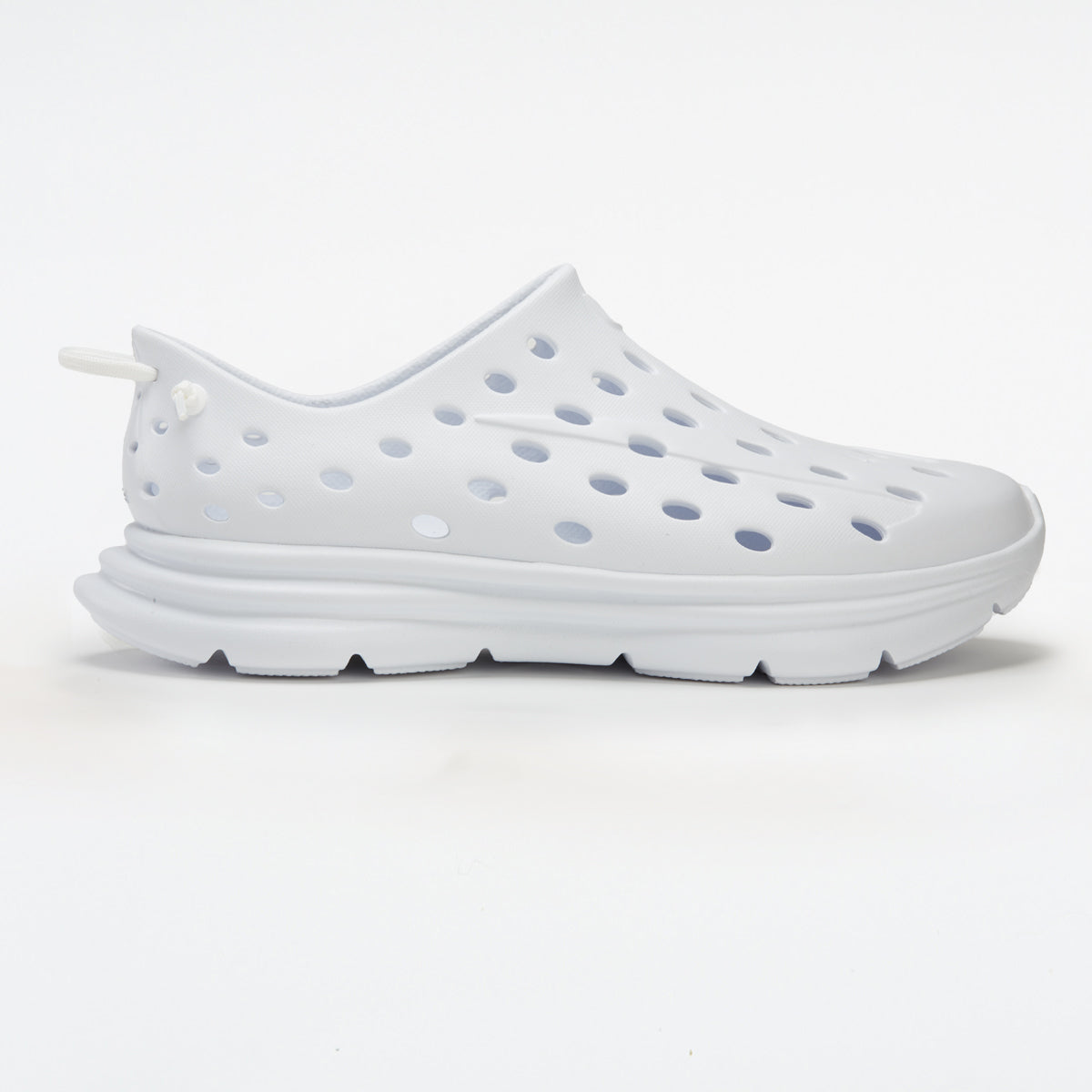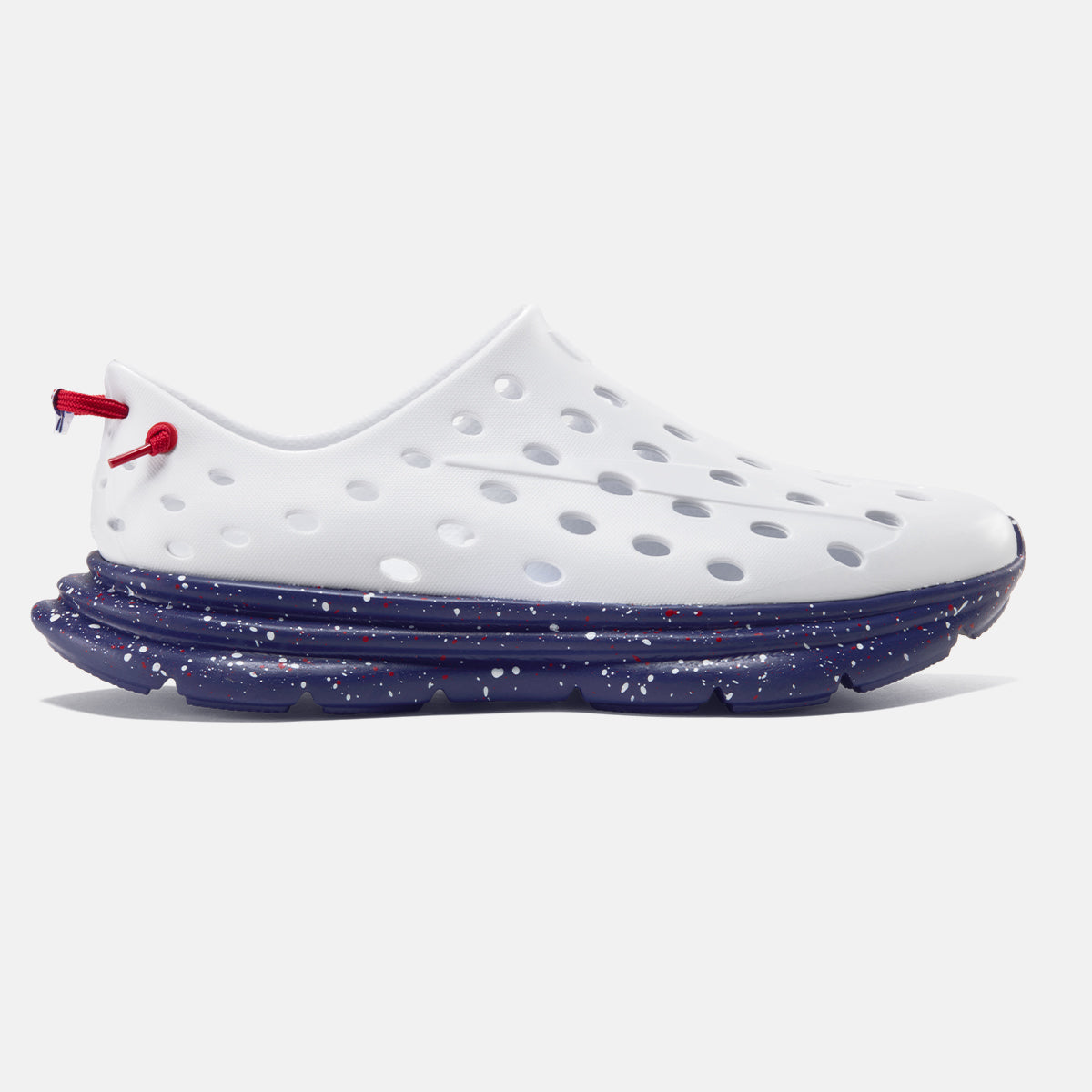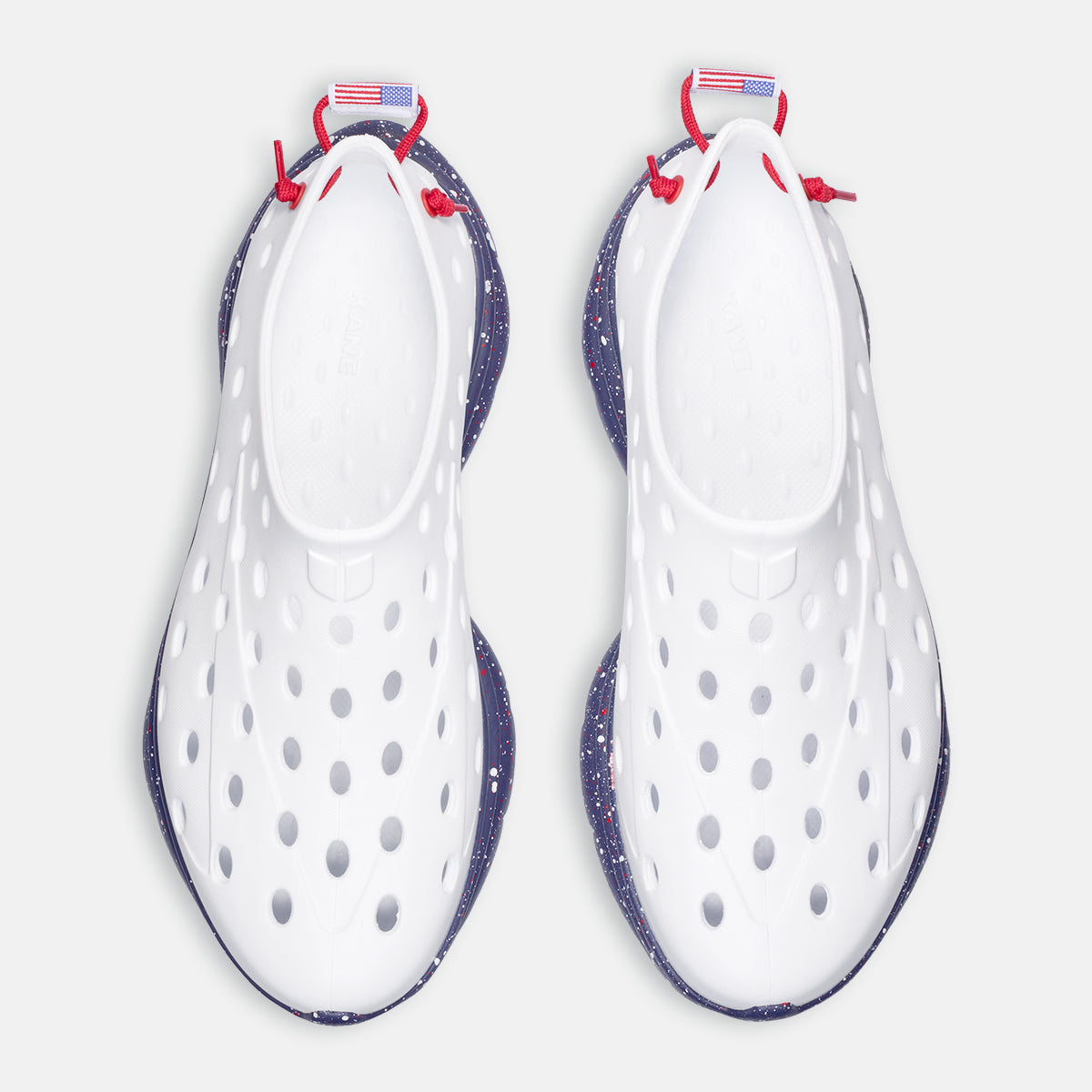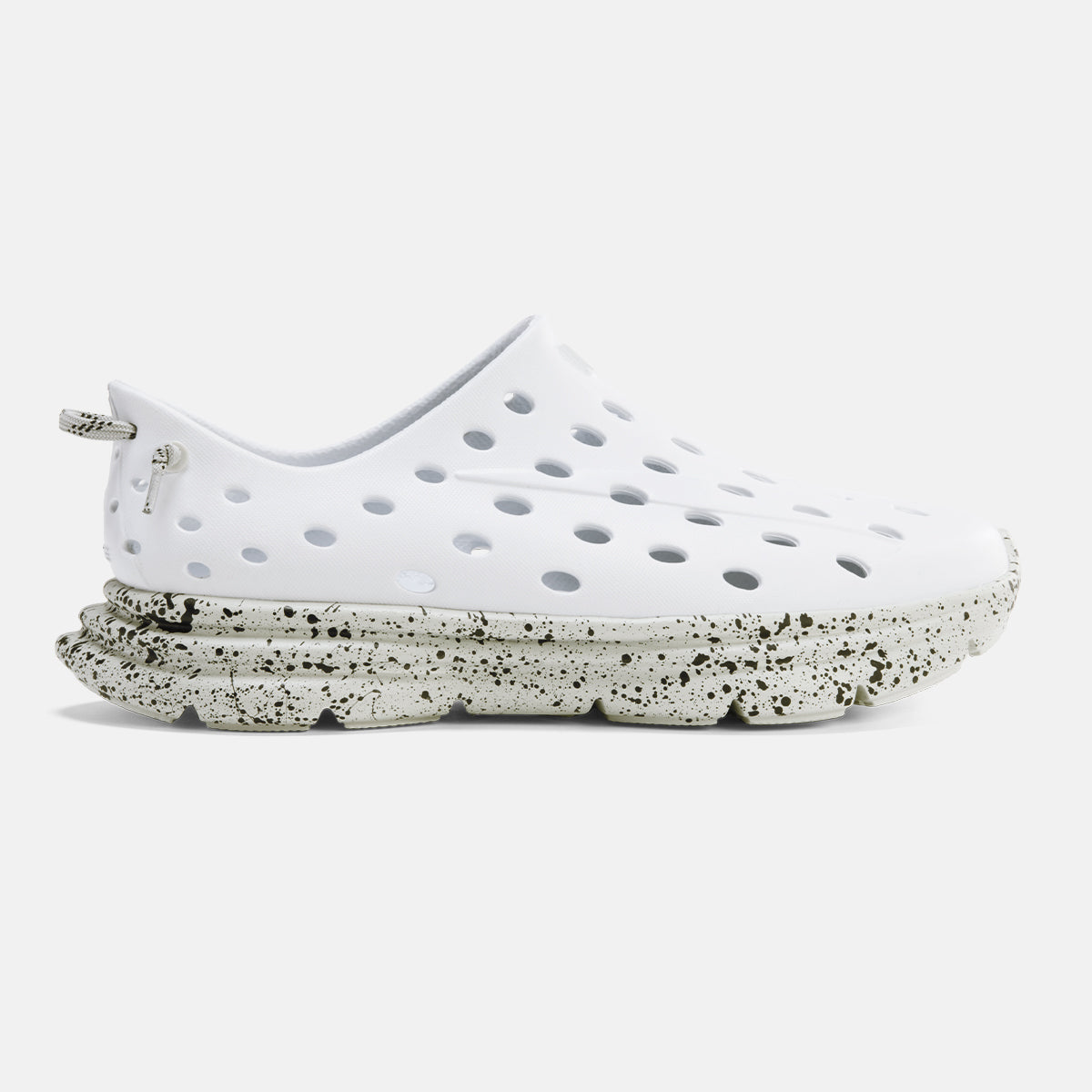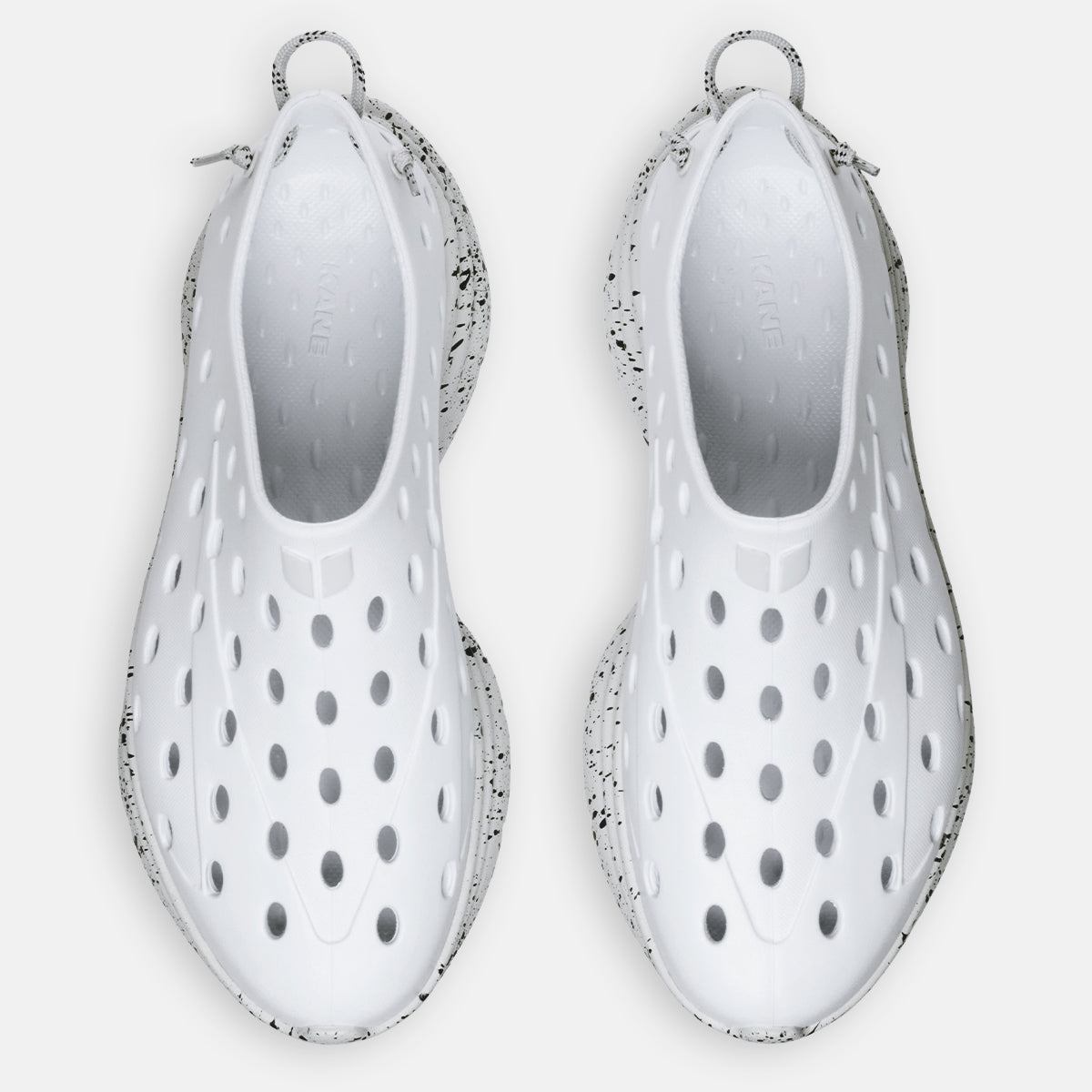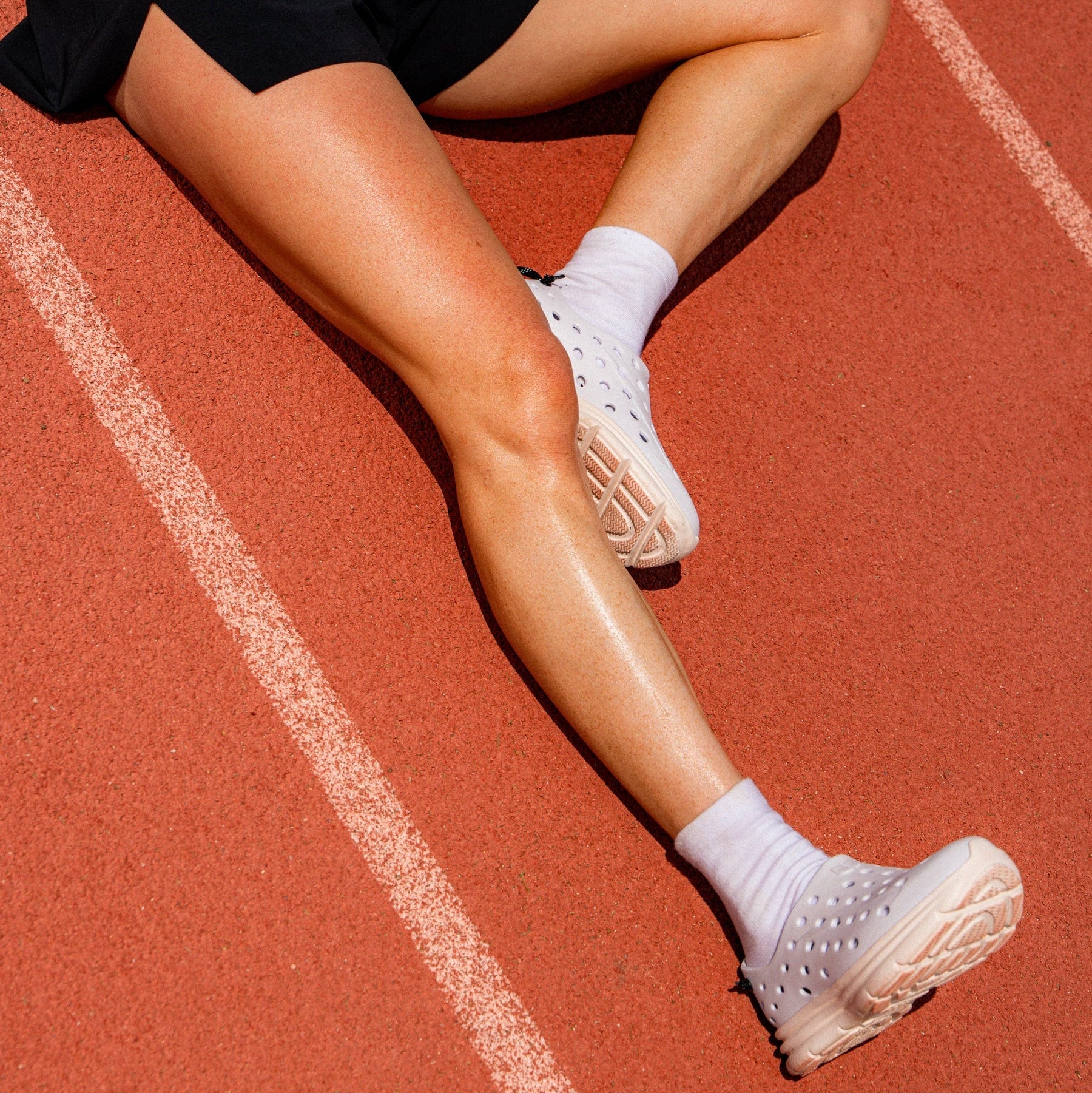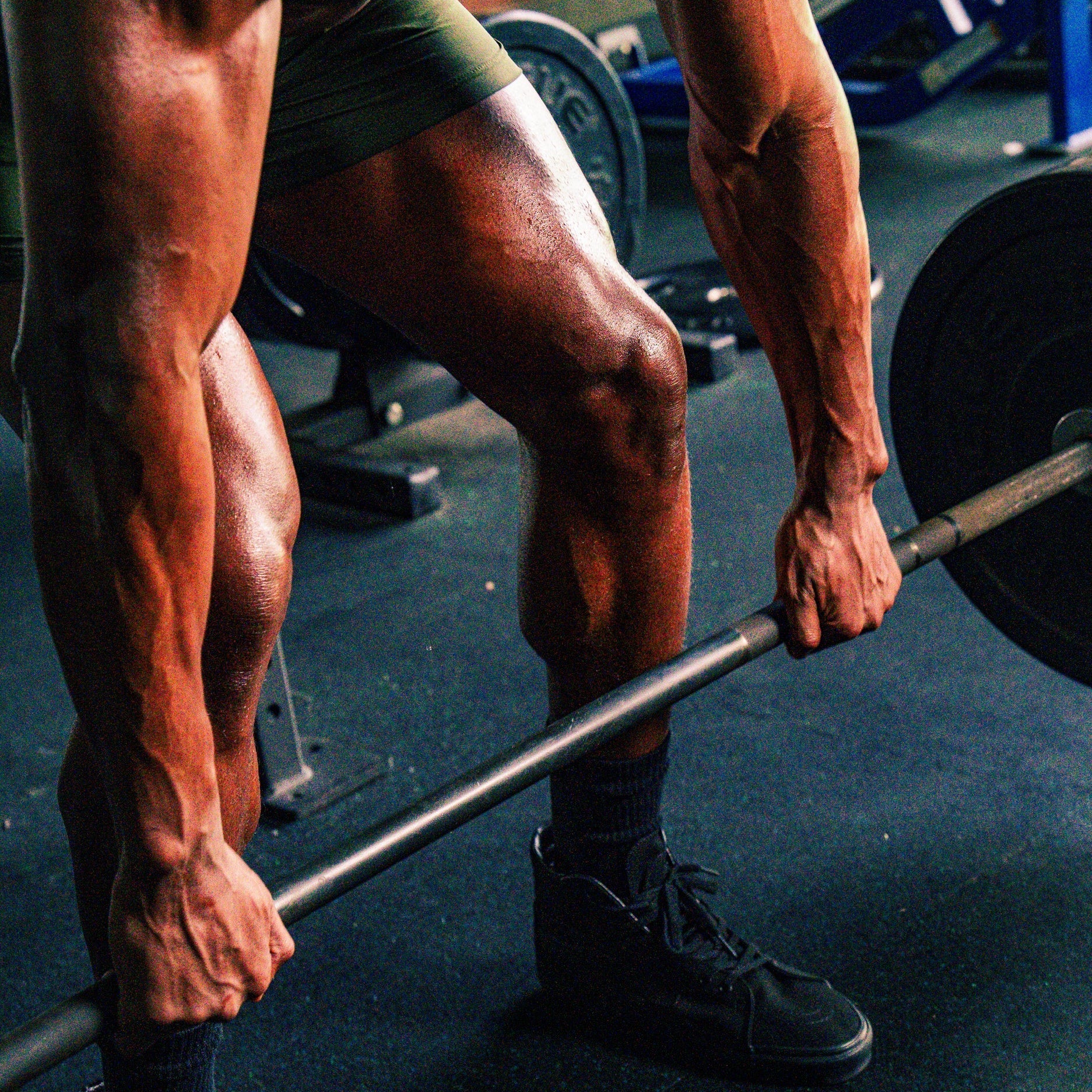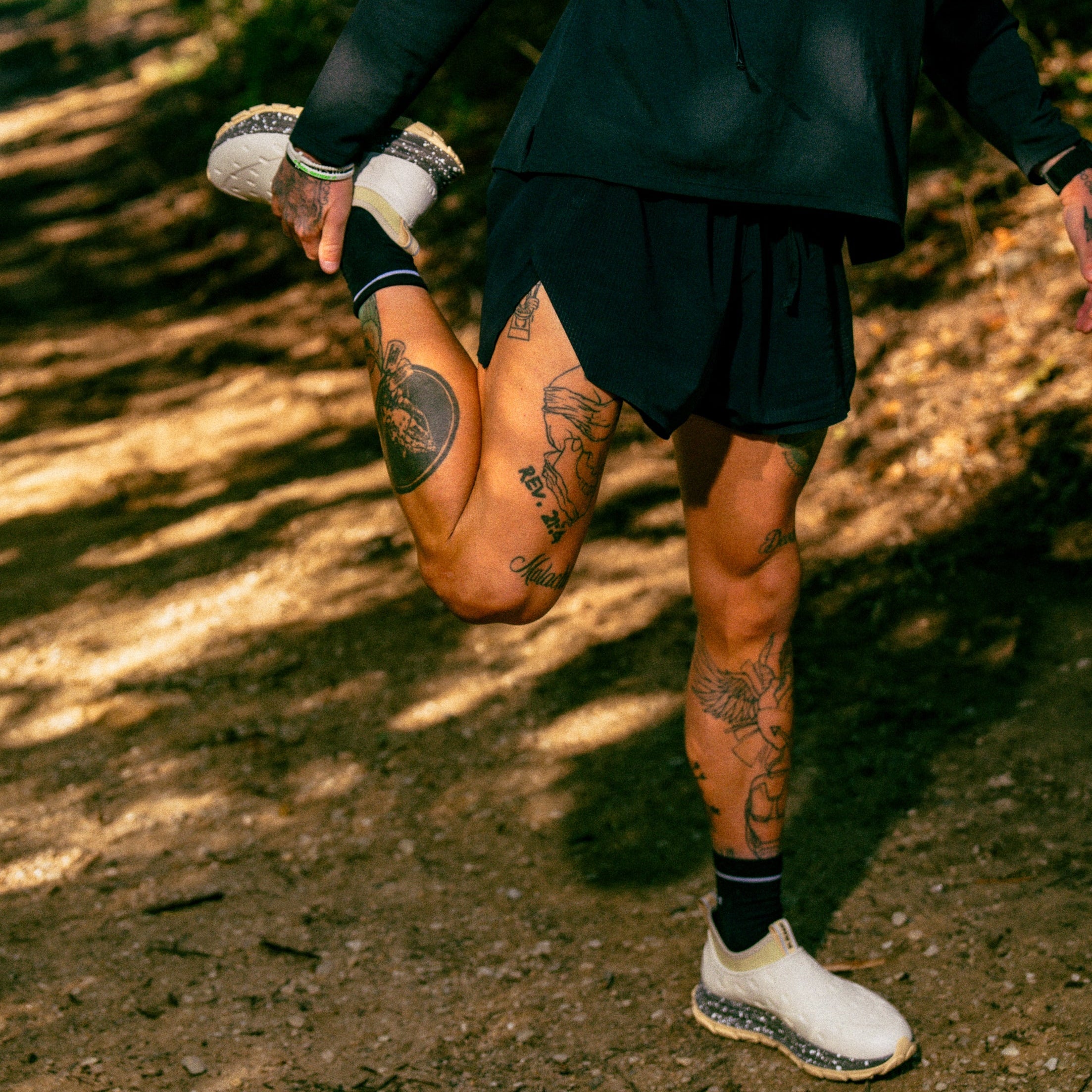When you’re dealing with calf pain, running is no walk in the park. Whether you have chronic calf pain, or only experience this once in a blue moon, it can disrupt your day of activities and throw you right off your game.
Although there are several causes of calf muscle injuries, there are also many preventative measures and treatments out there that can help. In this article, we’ll explore some possible explanations for your runner’s calf pain, and what you can do about it.
Let’s get started!
Common causes of calf pain during & after running:
Achilles tendinitis
When your Achilles tendon becomes inflamed and irritated, your calf muscles can start to feel the residual effects. After all, your heel connects to your calf muscles. This condition can begin to develop if you’re not warming up properly pre-run or overdoing your runs when it comes to intensity. In short? Be kind to your Achilles tendon—it can help you avoid calf injury or pain.
Calf muscle strain
Naturally, if you strain your calf muscle, pain can (and often will) ensue. But how do you strain a calf muscle? Usually this happens to runners from overuse and/or a sudden leveling-up. When your calf muscles are overloaded or overworked, namely during a repetitive, high-intensity sport, you can end up straining them.
Keep your muscles in good shape by conditioning them to handle stress, and by taking breaks. Easing into increased intensity and giving yourself necessary rest and recuperation periods means you can avoid suffering from your strides.
Improper footwear
If you pick running shoes that lack support, or are ill-fitting, your feet and legs can suffer the consequences. You’ll wind up with calf pain almost certainly without proper footwear. Be sure to select runners that stabilize your body and add cushioned support, shock absorption to each land.
This is also true with recovery shoes—when it comes to reinforcement, both types of footwear need to have your back (and calves!) A durable recovery shoe will incorporate many recovery features, so you can be off to a great start on the right foot.
Imbalance of calf muscles
When some of your muscles are weak or loose, and others are strong or tight, it can put extra strain on your calves as a whole, causing muscle overcompensation. By not favoring one leg, and keeping your movements balanced, you’ll be more successful at preventing muscle imbalances.
Incorrectly warming up
It’s key to warm up your Achilles tendon and your calf correctly—after all, they work together as a unit. If you crank the intensity up too high during your warm up, you can actually end up doing more harm than good during your run. Warm ups are not meant to be the same level of intensity as the sport or activity themselves.
Skipping a warm up entirely will also cause issues or injury during your run. Your body shouldn't transition abruptly from being stationary to being in high motion/at high speed. This can be shocking to the muscles.
Engaging in dynamic/active stretching is where it’s at when it comes to pre-run warm ups. This means you’re moving as you stretch, so your range of motion and blood flow is improved for the sport you’re preparing for.
Running surface
Repeatedly landing on hard surfaces during runs can impact your calves negatively over time. Surfaces like concrete, in particular, can put too much pressure on your legs as a whole, leading to calf pain or strain.
Uneven terrain is equally risky, since it’s much harder to keep balanced, and a trip and fall accident is more likely to occur.
Dehydration/electrolyte imbalance
If for any reason you’re not getting enough of your electrolytes from food sources at the time of your run, be sure to compensate with electrolyte supplements or beverages. These will keep you properly hydrated.
It’s a common misconception that water alone is enough to keep you hydrated, when in truth our bodies need water along with potassium, sodium and magnesium in order to avoid muscle cramping and pain in exercise.
Health conditions
The following conditions can cause an increase in risk of calf pain, strain or injury:
- Hypothyroidism (underactive thyroid gland)
- Liver disease
- Kidney disease
- Diabetes
- Peripheral artery disease
Age
Unfortunately, it’s the hard truth that as we age, so do our muscles, tendons, and ligaments. This means we’re all the more likely to encounter calf strains as elasticity decreases in our senior years of life.
Treatment for calf injuries and strains:
Rehabilitating with the help of a physical therapist can go a long way, as their calf strain treatment is often the gold standard. Below are some methods that can be done rather easily at home, but certain others may work best at the clinic with your physio’s assistance.
RICE method
Old faithful. Using the rest, ice, compression and elevation (RICE) method can help immensely with any associated calf pain, swelling or inflammation as a result of running.
Recovery shoes
Recovery footwear can be helpful in the healing process post-strain, as well as working as a preventative measure. Be sure to find a recovery shoe that has support, flexibility and breathability.
Gradual exercise return
In order to avoid a secondary injury, or recurrence, it’s best to take a gradual return approach to exercise—particularly a high-impact sport like running. Immediacy could be your downfall (quite literally.)
Physio
A visit to your physical therapist can work wonders. More than likely they will perform a sports massage in an appropriate time frame following your calf strain or injury. Your physio may also recommend other methods to assist in healing, such as electric acupuncture and/or aided stretching at their clinic.
Keep it even
If you’ve developed a limp while healing, where you’re favoring one leg over the other, you’ll want to subvert this quickly once your pain subsides and you begin to improve. Retraining and restrengthening the underused leg will help even out the load bearing, regaining balancing. It’s crucial to build back the strength lost in that calf when the injury was at its worst.
Plyometric exercises
Plyometrics are, simply put, jump training. These are exercises where your muscles exert maximum force at brief intervals. This could be in the form of skipping, hopping or literally jumping, and can help your body strengthen and adjust before running is returned to your routine.
Reintroduce small scale running
The final phase before your healing is complete and you can run as you once did is to run in short periods. This will help you ease back into the sport you love without overdoing it too quickly, or too soon. Your physio will be able to guide you on an optimal work up plan with the customized reentry methods that suit your circumstance.
How can I prevent calf pain after running?
The following strengthening exercises will help prevent calf pain when running, as well as post-run. By not skipping proper warm ups ahead of time, you can often save yourself from tight calves, cramping, pain, and more.
Jumping Rope
What fun! And the best part is, you don’t even need to use a jumping rope—you can simply mime one.
Jumping real rope, or a pretend rope, is an excellent cardiovascular activity, and a great way to warm up before your runs. You’ll want to jump in place on the balls of your feet for approximately one minute, and repeat this a few times. It’s also key to land on your toes, not the whole foot, in order to increase the calf muscle usage in each jump. You’ll feel the burn, and your muscles will begin to strengthen.
Calf raise
With your heels hanging off a weighted box or a step, support your body weight on just the balls of your feet. Then, drop the heels slowly but surely groundwards, below the toes. Follow by raising up above the toes, and repeat. Each of these motions should be carried out using your calf muscles alone, so stay focused on them. You can also try calf raises one foot at a time to hone in on a single calf.
Performing this exercise with small weights in your hands will also increase the intensity. You can always work your way up to adding those in subsequent calf raises.
Single leg squat
Standing on only one leg, keep your alternate leg and both arms out in front of you. Bend at the knee and sit your hips back, keeping your other knee over your foot. Once your legs and glutes start to really feel the burn, slowly resume a regular standing position, and repeat.
Calf stretches
This one not only sounds therapeutic for sore calves—it truly is. With your hands flat on the wall, position your legs one in front of the other. Keep your back leg straight with heel on the ground, bend your front knee until you feel the back leg stretching, and hold, then repeat.
Toe walking
Walk forward on your toes with your heels up, off of the rest of your foot, for approximately one minute. Repeat this a few times to build strong calves. You can even include small weights in this exercise to increase difficulty level.
When to see a doctor
If you begin to develop persistent or severe calf pain, or your initial strain turns into a much more serious calf muscle injury, it’s time to contact your physician. Should you start to experience unrelenting sharp pain, or even a feeling that mimics a stress fracture, do not delay in getting medical help.
Bottom line? If you’re ever unsure, or your pain simply isn’t improving with at-home treatments—specialist intervention may be required.



